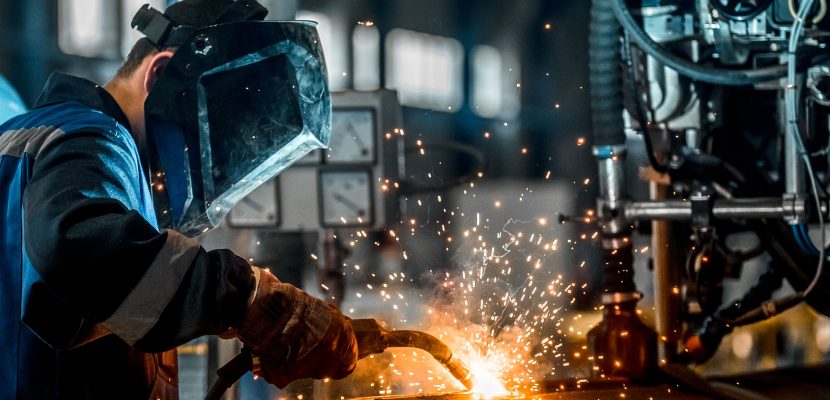We specialize in one of kind products and reworking pieces that are not accomplishing
Compressed gas cylinders, as we know them today, have only been around for little more than 100 years. The history of colonial iron manufacturing, and compressed
Compressed gas cylinders, as we know them today, have only been around for little more than 100 years. The history of colonial iron manufacturing, and compressed
The experience of a welder encompasses not only mastering various welding techniques, but also deep understanding of materials, work processes, and importantly, problem-solving abilities during work.
Experienced welders often have diverse backgrounds in their field. They may have worked on numerous projects ranging from building construction to manufacturing machine parts or executing large industrial projects. This breadth of experience enables them to understand the requirements of each type of job and approach them most efficiently.
Experienced welders also tend to excel in working independently and making confident decisions. They have faced many challenging situations and know how to handle them professionally, ensuring efficient completion of tasks and maintaining the quality of the final product.
Furthermore, experience equips welders with a thorough understanding of workplace safety and compliance with safety regulations. They know how to use protective equipment and handle hazardous situations to ensure a safe working environment for themselves and their colleagues.
In summary, the experience of a welder extends beyond proficiently executing welding techniques to encompass knowledge, confidence, and safety throughout the work process, fostering trust from both clients and peers.



When it comes to welding, attention to detail is paramount to ensuring a strong and durable weld. Here are some key technical considerations that welders must keep in mind during the welding process.
Firstly, proper preparation of the materials to be welded is crucial. This includes cleaning the surfaces to remove any contaminants such as rust, paint, or oil, which can weaken the weld. Additionally, ensuring proper fit-up and alignment of the parts being welded is essential for achieving uniformity and strength in the weld joint.
Secondly, selecting the appropriate welding technique and parameters is vital. Different welding processes, such as MIG (Metal Inert Gas), TIG (Tungsten Inert Gas), and Stick welding, have their own set of parameters that need to be adjusted based on factors like material type, thickness, and welding position. Maintaining the correct heat input and electrode angle helps to control penetration and minimize defects in the weld.
Thirdly, controlling the welding environment is crucial for producing quality welds. Factors such as wind, humidity, and temperature can affect the welding process and the integrity of the weld. Welders should work in a clean, well-ventilated area free from drafts and ensure proper shielding gas coverage to prevent oxidation and porosity in the weld.
Fourthly, managing welding distortion is essential, especially when working with thin or heat-sensitive materials. Techniques such as tack welding, backstepping, and using fixtures or clamps can help minimize distortion and maintain dimensional accuracy in the welded components.
Lastly, post-welding inspection and quality assurance are vital steps to verify the integrity of the weld. Visual inspection, dye penetrant testing, ultrasonic testing, and radiographic testing are some of the methods used to detect and evaluate weld defects, ensuring that the finished weld meets the required standards and specifications.
In conclusion, attention to these technical considerations, from preparation to post-weld inspection, plays a crucial role in achieving high-quality welds that meet the structural and performance requirements of the welded components.